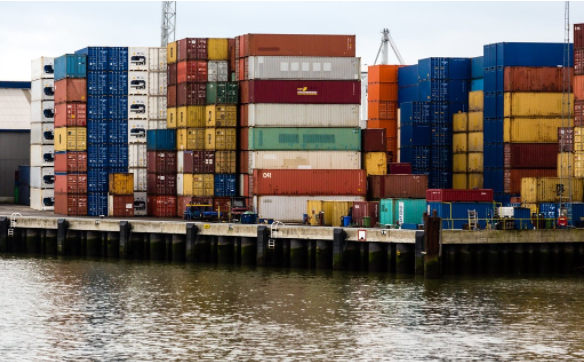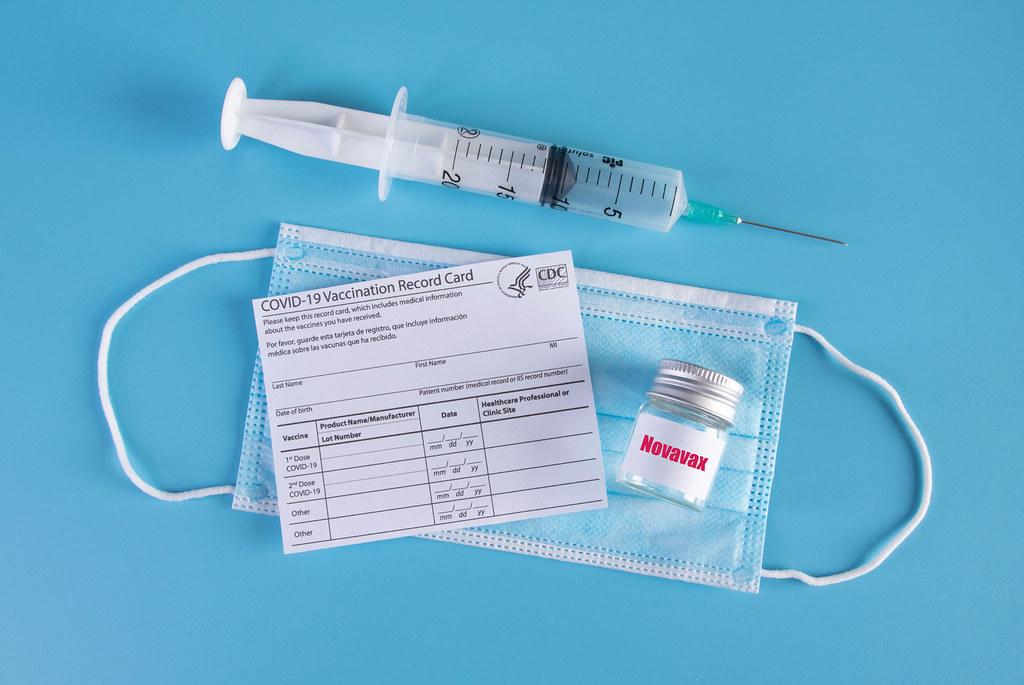Shipping and transportation of goods across the globe have been backed up for weeks going on months. Over the past year with people stuck at home because of the pandemic, online shopping has become increasingly popular and the demand for goods has heightened. Around the globe, trade has been disrupted by the pandemic to a striking degree. The increased cost of shipping goods has added a great new challenge to the global economic recovery.
The pandemic has limited the availability of dockworkers and truck drivers, further causing delays in handling cargo. Off the coast of Los Angeles, dozens of shipping containers filled with highly sought out imports have been idling for up to two weeks. It has been reported that 56 container ships were stuck in drift areas off of Los Angeles and Long Beach ports, dealing with 140 ships, including 87 freighters.
“There’s no room to put this cargo. Our docks are full. People need to come and pick up their cargo,” said Gene Seroka, Executive Director of the Port of Los Angeles. “Only half the truck drivers registered to do business here visit us at least once a week. We need more drivers on the job.”
Farmers in Kansas City, Missouri, are struggling to ship goods to clients in Asia. Increasing costs for transporting American grain and soybeans threaten to raise Asia’s food prices. In June, Yantian, a port 50 miles from Hong Kong, closed after the coronavirus infected dockworkers. This infection spread to a terminal at the Ningbo-Zhoushan Ports, which led to them shutting down on August 11. The partial reopening of Yantian took only a few days, while returning to normal services took nearly a month. The demand for shipping in Asia has caused yielding shortages for the availability of their containers.
Shipping carriers have concentrated their vessels on their most popular routes, which happen to be the ones linking North America and Europe to Asia. The disruption in routes used for goods transportation has caused containers filled with millions of masks intended to go to countries in Africa and South America to remain in the containers, empty and uncollected. At ports where ships stop to deliver and pick up cargo, many of the ships are regularly stuck in floating traffic jams for days at a time.
The chaos on the seas has proven a windfall for shipping companies such as Maersk. In February, the company cited record high freight prices, reporting more than 2.7 billion dollars in pretax earnings within the last three months of 2020. However, the cost of shipping goods from China to North America and Europe has continued to climb over the past year. Drewry Shipping’s World Container Index shows that the cost of shipping a 40-foot container on eight major East-West routes hit over $9,000, 360 percent higher than what it would’ve cost a year ago.
In September, around 24 cargo ships appeared to be stuck waiting to dock off the coast of Long Island, New York. The global ship-tracking site, MarineTraffic, showed ships gathering a few miles off the coastline. The ships stretched from Long Beach to Lido Beach in the West to Jones Beach Island in the East. The Port of New York and New Jersey serves as the world’s major ocean carriers and global alliances, according to Container News. Container ships crowd ports from New York to Los Angeles, where 250,000 containers are floating, waiting to be unloaded. With record numbers of cargo ships clogging key ports, many retailers are being forced to find ways to overcome shortages and price spikes.
In addition to the overseas market struggling, across the country, stores are facing supply issues. One of the most talked-about currently includes an increasingly popular cafe, Starbucks. Customer Tasha Leverette went to the drive-through of her usual Starbucks in Atlanta and was told they couldn’t make her iced peach green tea lemonade. She didn’t think anything of it until she went to multiple Starbucks locations in the nearby area, and was told the same thing. None of the stores had carried the peach-flavored juice needed to make the drink.
Leverette showed her frustration by stating, “I said to them, ‘This is the Peach State, right?” She then goes on to say, “It’s surprising because Starbucks always seems like it has anything and everything you need.” Along with the peach-flavored juice, Starbucks stores everywhere haven’t gotten shipments of essential items such as iced and cold-brew coffee, breakfast foods, and even cups, lids, and straws.
“We are constantly running out of food,” a Starbucks employee stated, “It is out of our control. We try to tell them the company cannot keep up with demand, they end up getting mad and most of the time they just drive away. We try to explain there are shortages, but they do not care.” Some stores have even taken measures such as putting up official signs stating, “We are currently experiencing temporary outages of some of our food and beverage items.”
Starbucks has gone from a place where people could sit down and work, to customers ordering through mobile apps and drive-throughs. Company executives stated that Starbucks has seen a “full recovery” in sales in the United States this year. A Starbucks spokeswoman stated that the company is working with vendors to restock the items as soon as possible and that the supply-chain issue has not and will not affect prices. In a call with Wall Street Analysts in April, president and CEO of the Starbucks Corporation, Kevin Johnson, revealed his concerns about the company struggling to hire the staff needed in its supply chain. Starbucks has responded to this shortage of workers by promising to raise the hourly pay to $23 by next summer.
Amazon is also among the many stores facing delivery issues. Due to the high volume of packages being packed and sorted every day, errors can occur when workers are dealing with shipping labels. It is possible that shipping labels can get damaged during the packaging process, resulting in the address not being identified properly and failing to be delivered. Additionally, during times of crisis, such as a global pandemic, Amazon is required to prioritize orders that cater to essential needs such as personal hygiene or health. Meaning, packages that do not cater to these needs may face delays.
Amazon Prime members in the Louisville, Kentucky area say they’ve been able to receive packages in up to two days, but until recently, that is no longer true. Many members of the Amazon Prime community now complain that their packages take six or more days to arrive.
For consumers, the supply-chain crisis may result in higher prices. Shoppers should also brace for delays in their delivery time, as experts say this crisis could be with us through 2022. In conclusion, If you’re an online shopper when it comes to holidays, you may want to consider ordering your presents early.





































